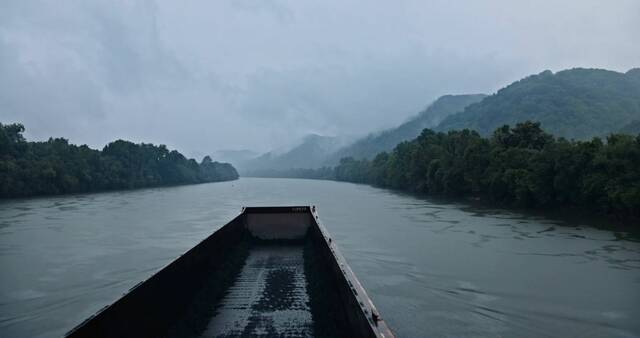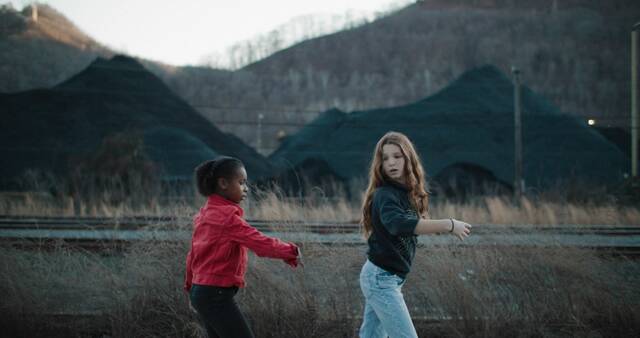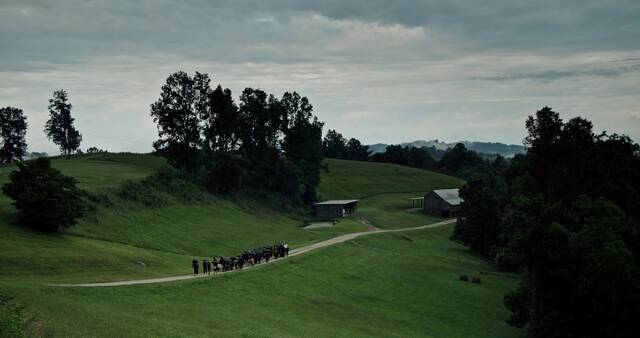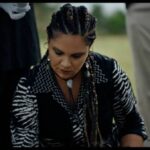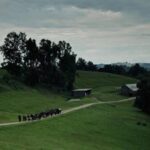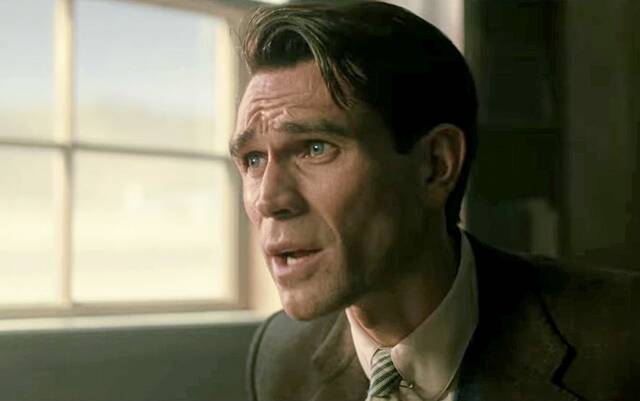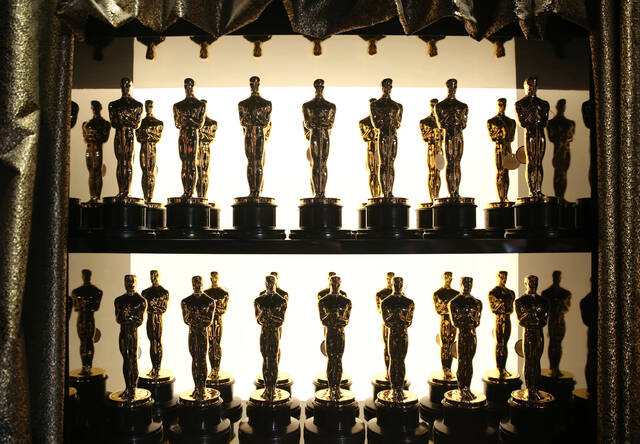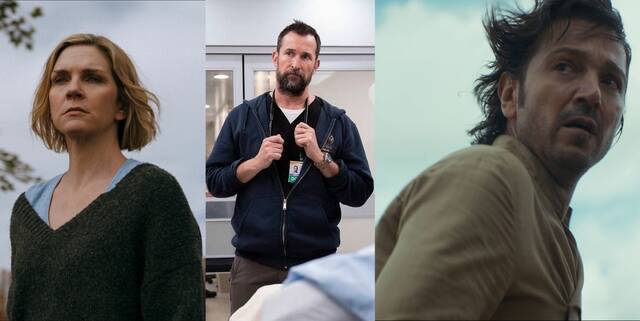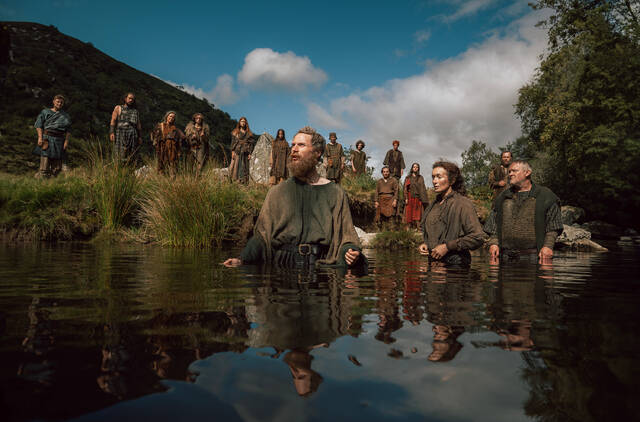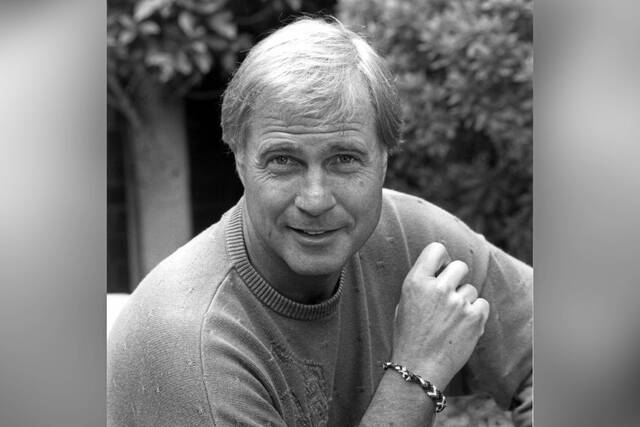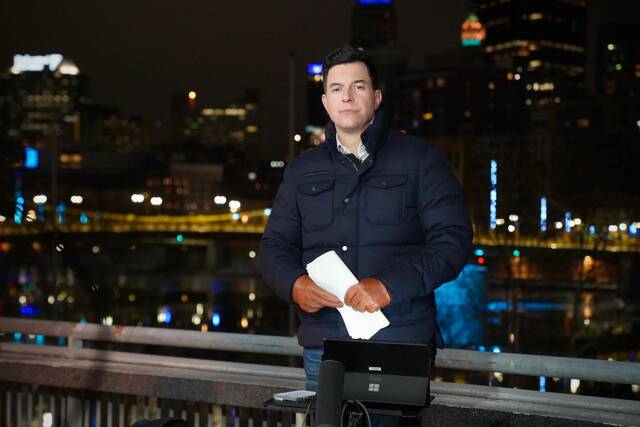Trib Total Media TV writer Rob Owen offers a viewing tip for the coming week.
The critically acclaimed documentary film “King Coal” already played in Pittsburgh cinemas and its initial run was extended due to high demand.
This week, “King Coal” is available for home viewing as the first film in the 37th season of the PBS documentary series POV (10 p.m. June 24, WQED-TV).
Director Elaine McMillion Sheldon, who grew up in Logan and Elkview, W.Va., said the film connected with Pittsburghers during its local screenings last year.
“One of the things that kept coming up was that the same coal bed that’s underneath Pittsburgh is what goes down to Kanawha County, West Virginia,” McMillion Sheldon said. “If you could lift up all the ground and all the buildings and look down on the Earth, it would look like a connected honeycomb and one could walk from Pittsburgh to Kanawha County through the honeycomb of mines that have connected our lives. Then, obviously, the steel industry is a part of the story as well.”
“King Coal” filmed scenes throughout Appalachia, largely in West Virginia, but three scenes were shot in Western Pennsylvania: trout fishing in the Laurel Highlands, the Pennsylvania Bituminous Coal Queen Pageant in Carmichaels, Greene County, and at the stratavator in the Carnegie Museum of Natural History’s Benedum Hall of Geology in Pittsburgh.
McMillion Sheldon narrates the film, personifying King Coal.
“We moved around the coal fields seven times in 12 years,” she says in the film. “It’s what the King demanded for Dad to keep his job.”
McMillion Sheldon said the meaning of the term King Coal is different depending on one’s perspective.
“When it’s used by industry folks, it’s meant to be this larger-than-life thing that’s brought progress,” she said. “When it’s used by environmental folks, it’s used to say this dirty, polluting thing. It allowed us space to play. I was very much inspired by documentaries that have come before me. But I was also equally inspired by fables and fairy tales. And I didn’t want there to be this black-and-white evilness. I wanted there to be a murkiness. So the King is the metaphor for the ways in which it permeates our lives. It seemed to be the best way to illustrate to people that aren’t from here. … It’s something we can’t quite put our finger on, but his omnipresent effects and impacts are the ways we gather and think.”
“King Coal” grew out of McMillion Sheldon’s desire to document coal-related traditions: miners going into classrooms, coal education fairs, etc.
“I had an inkling (those) were dwindling, and I thought they were important to archive,” McMillion Sheldon said. “We still tell these tales, and we sing these ballads and we sort of pray for this return, but we’re not really looking for a return of coal as much as the return of belonging. And I think that that’s what really struck me. It’s a desire to feel oneness again as a community.”
When the pandemic began, McMillion Sheldon and her team stopped filming for a year, giving them time to think about what they wanted the film to be.
“What is this film going to do that other coal films don’t do? What can we say that hasn’t already been said?” she thought before realizing the film had a “need for first-person, for poetry, for a spine to bring you through all these patchworks of experiences.”
That spine turned out to be 12-year-old West Virginia girls, non-actors Lannie Marsh and Gabrielle Wilson, whose unscripted conversations about coal and their families’ relationships to the coal industry the film documents.
McMillion Sheldon said the film was never written. Instead, they shot scenes and then she’d write narration. Or she’d write and then they’d shoot something.
“We found it in the edit,” she said of piecing the documentary together. “A week before we picture-locked the film, I couldn’t have told you what the film was.”
Crystal Good, publisher of Black By God, a West Virginia news and storytelling platform that launched the “King Coal” spin-off “Juneteenth Special” about one Black family’s history of coal mining, served as a story adviser on “King Coal” and appears in the finale funeral for King Coal. That funeral is not intended to be a funeral for the coal industry, but rather, a funeral for the industry as the unifying force it once was.
“I grew up with parents that worked in chemical plants, but my mom was in charge of unloading the train full of coal that ran the furnace at the chemical plant,” Good said. “We’re all deeply connected. But as an artist and as a West Virginian, this film gives you an opening to explore and to think about home and place and industry in a different way. And I don’t think that I’ve ever really felt that conversation before.”


